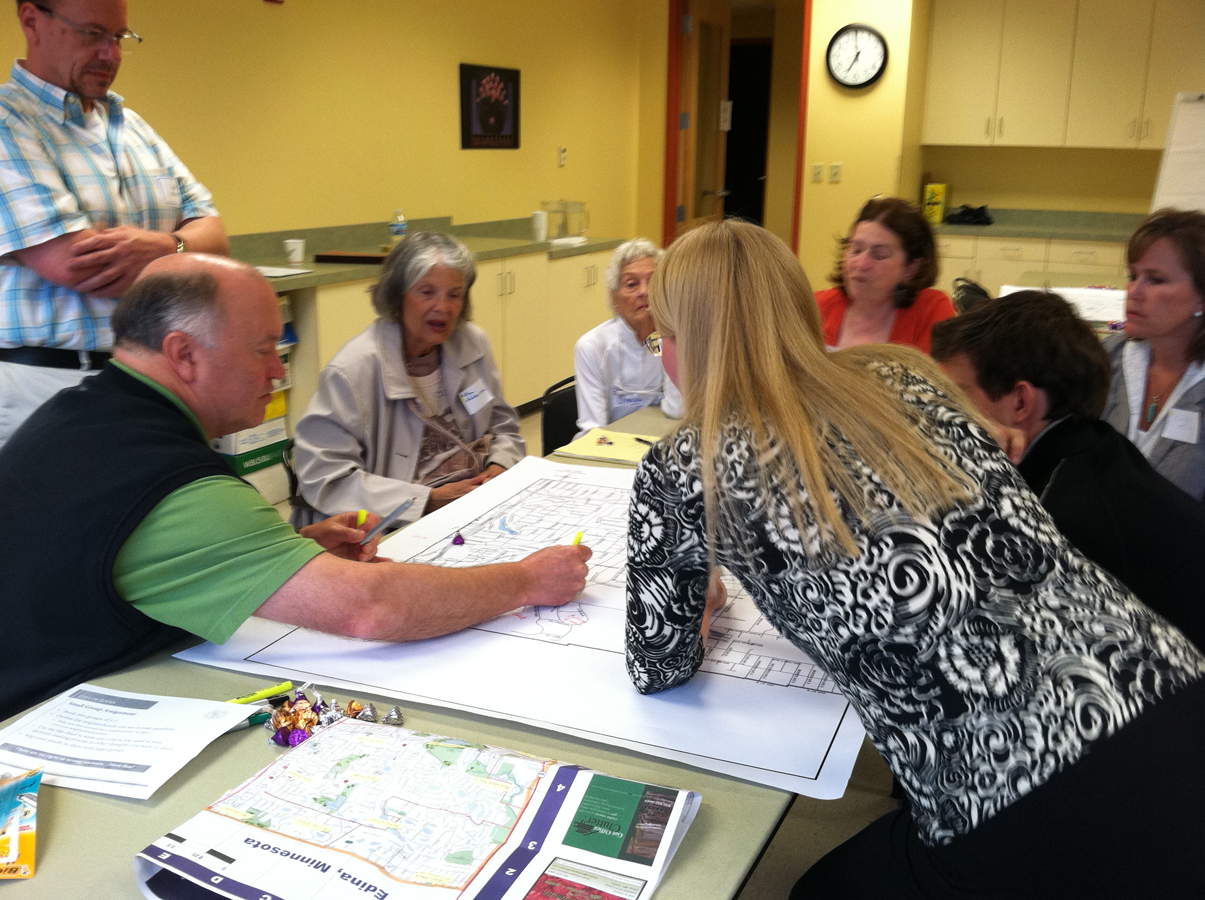
Research shows that victimization rates differ by the age of the victim. In general the younger the victim, the higher the rate of fatal and nonfatal violence (rape, robbery, sexual assault, and assault) experienced. While this pattern is stable, the relative difference of victimization rates among the age groups and year-to-year changes in victimization rates experienced by each age group is not.
In general the long-term trends for fatal and nonfatal violence are similar for people in most age groups.
Nonfatal victimization
Prior to 1979, during most of the 1980's and since 1998, persons age 12-17 and 18-24 have been victims of nonfatal violence at similar rates. For a number of years, 1976-2000, persons age 12-17 experienced violent crime at the highest rates, while for other years persons age 18-24 were victimized at the highest rates.
Persons age 12-17 and age 18-24 were victimized at greater rates than those of ages 25 or older each year, 1976-2000.
Persons in every age category except 50-64 were victimized in 2000 at the lowest rates recorded since 1976.
For persons age 12-17, nonfatal violent victimization fluctuated in the 1970's and early 1980's, and climbed beginning in 1987 to a peak rate in 1993. Since 1993 rates have declined.
Nonfatal violence against persons age 18-24 increased to more than 100 victimizations per 1,000 persons in 1979 and in 1982. Following a period of relatively stable rates, they increased to the peak rate of 115 victimizations per 1,000 persons in 1991. In general, since 1994 the victimization rate has fallen.
For persons age 25-34 the rate of violence fluctuated during the 1970's and early 1980's, peaking in 1982. After a brief decline, rates stabilized between 1984 and 1994. Since 1994 rates have generally fallen.
Nonfatal violence against persons age 35- 49 fluctuated slightly in the 1970's and early 1980's, reaching a peak of 47 victimizations per 1,000 persons in 1981. Between 1981 and 1993, rates were relatively stable. Since 1994 rates have steadily declined.
Nonfatal violence rates for persons age 50-64 and 65 or older fluctuated slightly, 1976-2000. Rates of violence against those age 50-64 were statistically similar in 1976 and 2000. For those age 65 or older, rates in 2000 were lower than those in 1976.
Homicide
In 2000 persons age 18-24 were murdered at a rate higher than all other age categories. Persons in this age group experienced homicides at the highest rates since 1986. Prior to 1986 persons age 25-34 were victims of homicide at the highest rate of all age categories.
In general homicide rates for those age 35-49, 50-64 and 65 or older declined steadily, 1976- 2000. In contrast the murder rate of persons age 25-34 increased from 1976 to 1980.
Between 1980 and 1985 murder rates decreased, then rose from 1985 to 1991. Since 1991 murder rates of persons age 25-34 have decreased to the current rate - the lowest rate recorded for this age group.
The most dramatic change in homicide rates occurred for those age 18-24. Beginning in 1986, the murder rate of persons age 18-24 increased to the peak rate of 24 murders per 100,000 persons in the early 1990's. Since 1995 murder rates of persons age 18-24 have declined steadily.
Homicide rates for persons age 12-17 remained relatively low and stable during the late 1970's and early 1980's. From 1985 to 1991, rates peaked and stabilized until 1995. Since 1996 homicide rates have fallen and are currently at levels that were seen in the 1970's.
Data for this report are drawn from the FBI's Uniform Crime Reporting Program and BJS' National Crime Victimization Survey.
 Print
Print Email
Email







